Conduction of biological studies/trials
Legislation, Standards, SOPs
The tests are carried out in accordance with the applicable European and national legislation, international standards and Standard Operating Procedures (SOPs) of AgriScienceGEO.
Study Plan/Experimentation Protocol
Before the initiation of the trials, a Study Plan/Experimental Protocol is prepared, which sets out the objectives of the study and detailed information on the sponsor and the experimental unit, the sub-test product, the experimental design, the target organism, the culture, the materials. and the methods, treatments, doses, product application, measurements, observations and sampling, records and records to be maintained.
Selection of the test site and experimental design
The location of each field is selected so that it is the most suitable for the experimental system requested by the customer. The arrangement of the experimental plots is done according to the experimental design. Experimental plots are marked and labelled for easy identification.
Application of test items / test products
Applications are carried out using the most appropriate equipment to simulate the application methods used in agricultural practice. Our equipment is calibrated before each application. To ensure the safety of staff and protect the environment, we take all necessary safety measures. Application methods include spraying (foliage, soil), application of granular formulations, pelleting/seed dressing, drip irrigation, drench application, dusting, injection, dipping, bait and fumigation.
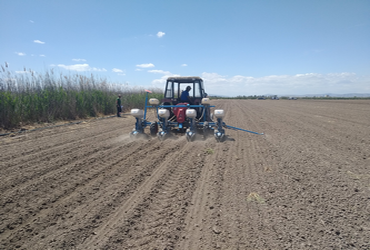 |
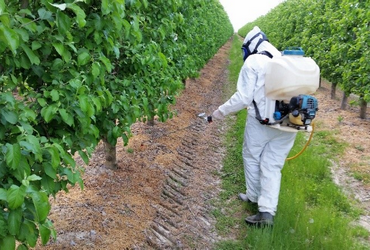 |
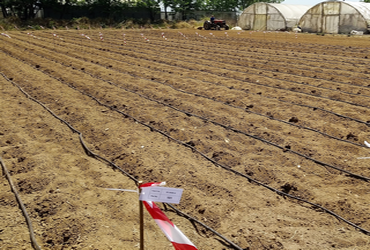 |
Evaluations
The evaluations of the agronomic parameters and the conditions of the experimental system are carried out by trained scientific staff, using modern scientific equipment and in accordance with international methods and techniques.
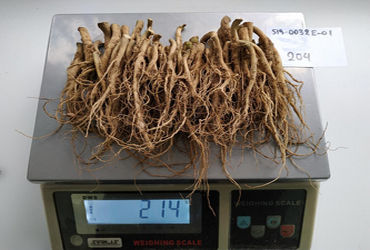 |
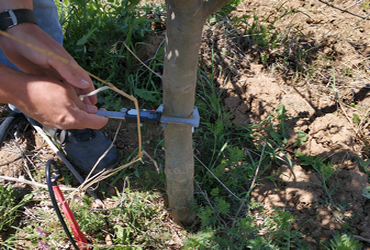 |
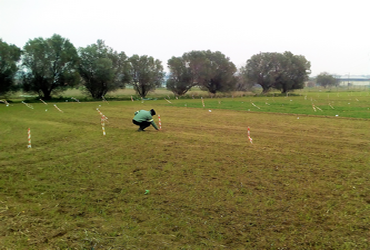 |
Sampling, storage and dispatch of specimens to the analytical laboratory
Sampling of commodities for the generation of specimens is a critical phase of GLP on-site testing in order to provide reliable residue results in accordance with the conditions set out in the study plan. The specimens produced must be representative of the experimental plot where the application was carried out. Particular care should be taken not to contaminate the specimens during collection and handling. The specimens are transported to our facilities as soon as possible and stored in our freezers at deep freezing conditions until the shipment to the analytical laboratory.
Harvesting and processing
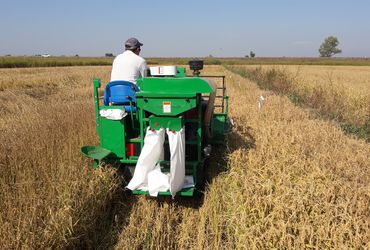 |
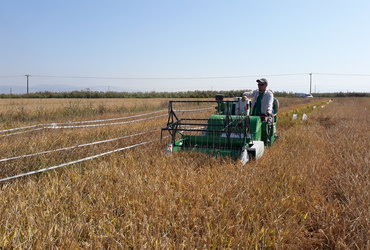 |
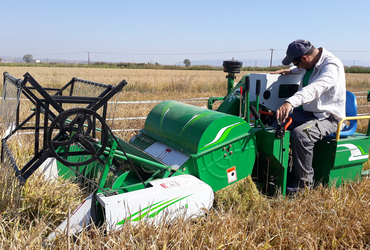 |
| Plot harvester (mini plot combine) | ||
The harvest of cereal crops (wheat, barley, rice) for yield evaluation and quality analysis is carried out with our plot combine harvester. Other crops are harvested manually (tree fruits, vegetables) or by use of other special equipment. The separation of the seeds in the maize and the separation in seeds and fluff in the cotton is done with special machinery (laboratory corn thresher, laboratory cotton ginner).
Recordings
The raw experimental data are recorded in the Field Notebooks or on electronic devices for data recording. The primary data used for the GEP tests are entered and are statistically analyzed in specific software.
Final Results Report
The Final Report describes in detail the materials and methods used, the personnel involved, the facilities and equipment used, the experimental data collected, the results and conclusions of a study or a biological trial.



